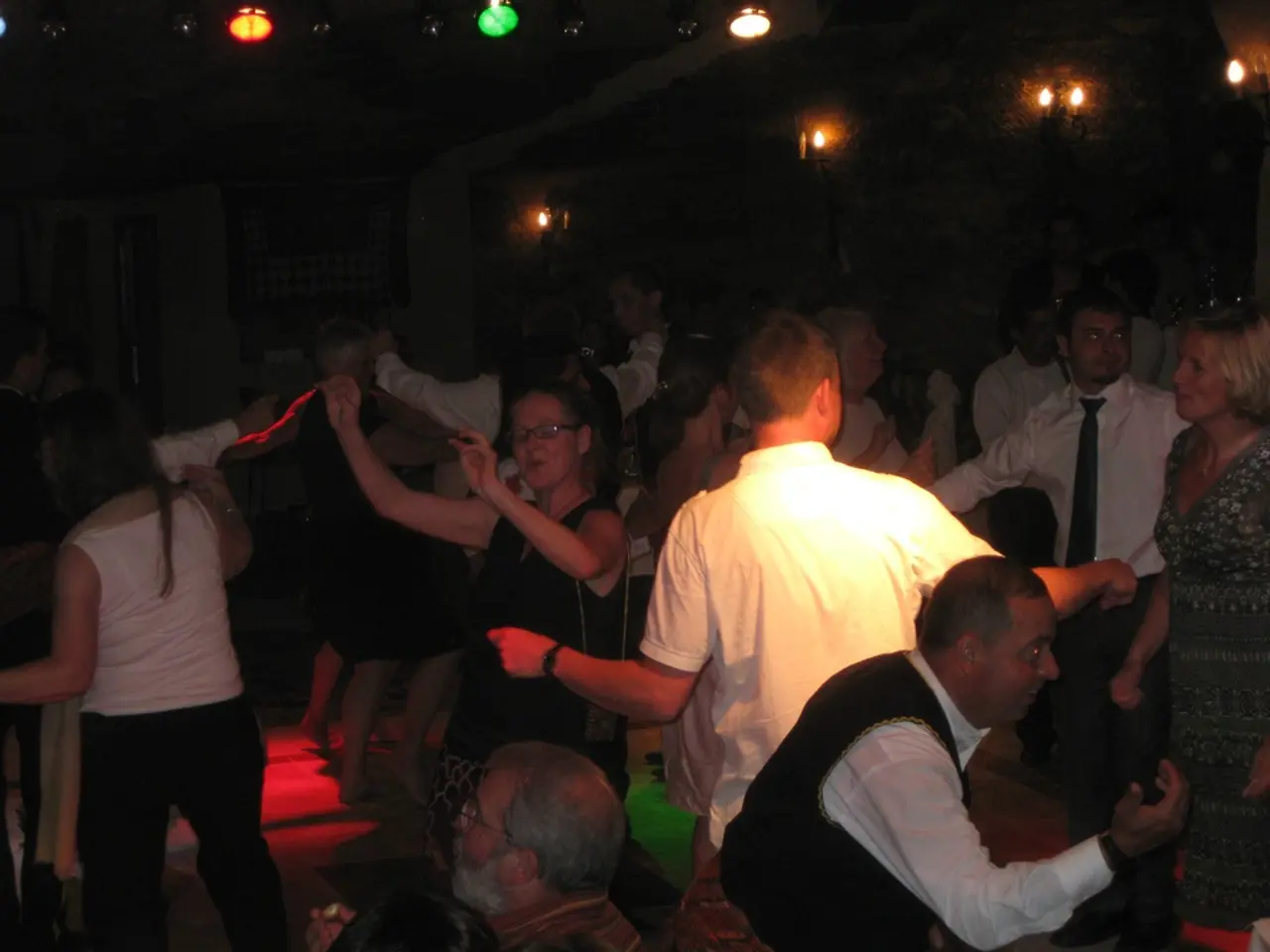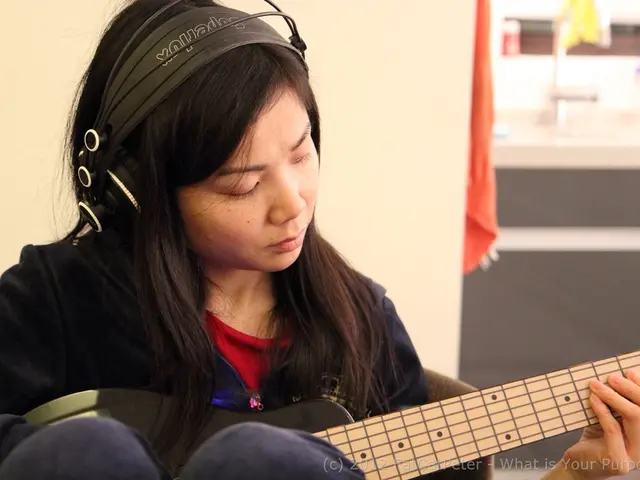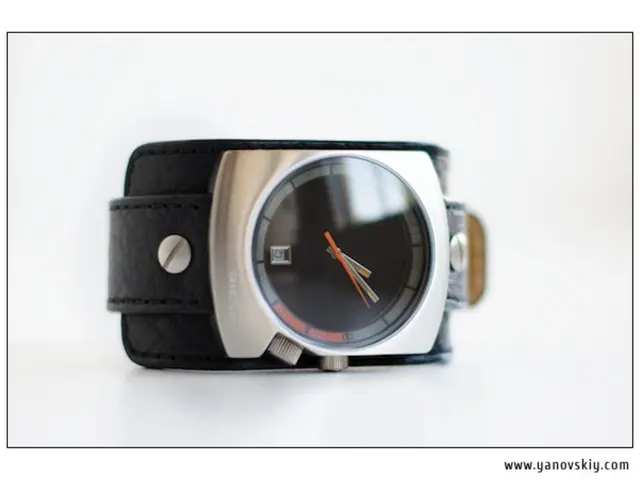Ballerman Stereotypes Investigated: Authentic or Overblown?
In the heart of El Arenal, Palma de Mallorca, the Ballermann has long been a focal point for German tourists seeking a lively, carefree atmosphere. Known as the island’s party hub, it is often stereotyped as a chaotic, unsafe, and musically one-dimensional destination[1]. However, professionals and experts have a more nuanced perspective on its social atmosphere, music, and especially safety for women.
At the core of Ballermann 6, the central and most famous party spot on the Ballermann strip, lies a vibrant community that attracts a diverse crowd, including 18-year-old amateur footballers from Upper Bavaria, craftsmen from the Ruhr area, and pharmacists from the Baltic Sea[2]. While the party-centric environment creates a reputation for rowdiness, it is also a significant source of economic benefit and cultural interaction, with security measures increasingly being implemented.
Beyond the stereotypical "party Schlager" and loud club beats, the music scene at Ballermann has evolved to include a range of styles[1]. The music is primarily designed to generate a fun, communal experience, which is central to the area’s appeal. Songs about alcohol consumption, such as "Drinking Buddy," "Drunk Pilot," and "Blind Drunk," are common, but the selection caters to the preferences of tourists.
Regarding safety for women, concerns have been expressed but also acknowledge improvements. Authorities and local businesses have implemented stronger safety protocols to ensure a secure environment for all visitors[3]. While isolated incidents and harassment have been reported, increased policing and public awareness campaigns aim to create a safer space for everyone.
However, it's important to address the sexist content that is present in some Ballermann songs. Lyrics like "Everyone in the place knows you, from your head to your legs," and "Hot ass, hot look, hot piece: Anna-Lena" perpetuate harmful stereotypes[4]. Musicologist Marina Forell suggests that some songs, if women think about them longer, could make them question why they are formulated in a certain way.
In summary, stereotypes about Ballermann as unsafe, solely rowdy, and musically one-dimensional do not encompass the full picture, particularly in light of recent efforts to improve safety and diversify the music and social experience on the party mile[5]. The Ballermann remains a lively and popular destination for many, offering a unique blend of music, camaraderie, and cultural exchange.
References: 1. Pop sociologist Dr. Sacha Szabo from the Institute for Theory Culture Freiburg describes the Ballermann party community as "ultra-social," likening it to a "Carnival all year round." 2. The Ballermann attracts a diverse crowd, including 18-year-old amateur footballers from Upper Bavaria, craftsmen from the Ruhr area, and pharmacists from the Baltic Sea. 3. The local police chief reports very few or almost no incidents of sexual violence at the Playa. 4. Musicologist Marina Forell believes that some Ballermann songs, if women think about them longer, could make them question why they are formulated in a certain way. 5. Professionals and experts on Ballermann in Palma de Mallorca generally recognize that common stereotypes about the party mile—such as it being solely chaotic, unsafe, and dominated by low-quality party music—are often exaggerated or misunderstood.
- For those with an interest in home-and-garden or outdoor-living, the vibrant Ballermann district in El Arenal, Palma de Mallora, offers a lively and unique blend of culture, something akin to a non-stop summer festival.
- Social media platforms are filled with varied perspectives on the Ballermann lifestyle, ranging from the party-centric to more nuanced discussions about music, safety, and community interaction.
- The Ballermann entertainment scene has evolved beyond the stereotypical 'party Schlager' and loud club beats, now embracing a range of music styles that cater to a diverse crowd, including pop-culture hits.
- As Ballermann continues to evolve, it's essential to critically evaluate its pop-culture elements, such as the lyrics of some songs, to promote a more inclusive and respectful environment for all visitors.








